Yoga for Beginners to Alleviate Stress
Chosen theme: Yoga for Beginners to Alleviate Stress. Step into a gentle practice that meets you where you are, softens tension, and teaches your breath to be the calm voice in the room—starting today.
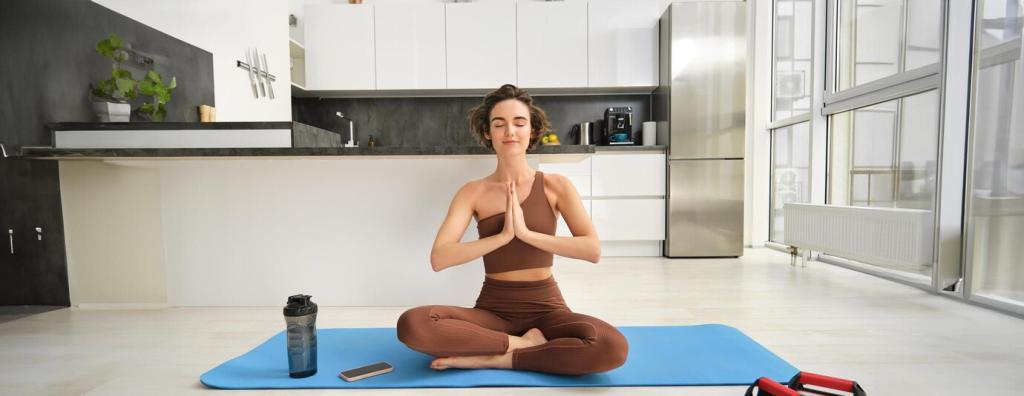
Understanding Stress and the Beginner’s Yoga Path
When stress rises, shoulders creep upward, breathing turns shallow, and the mind spins fast. Beginner yoga interrupts that cycle by slowing the breath and inviting softer movement, signaling safety to your nervous system and teaching your body a new, kinder baseline.
Understanding Stress and the Beginner’s Yoga Path
Simple shapes, slower pacing, and supportive props help beginners feel safe, capable, and present. You do not need flexibility, special gear, or perfect balance—only willingness to move gently and breathe, proving that small, consistent practices ease heavy days.
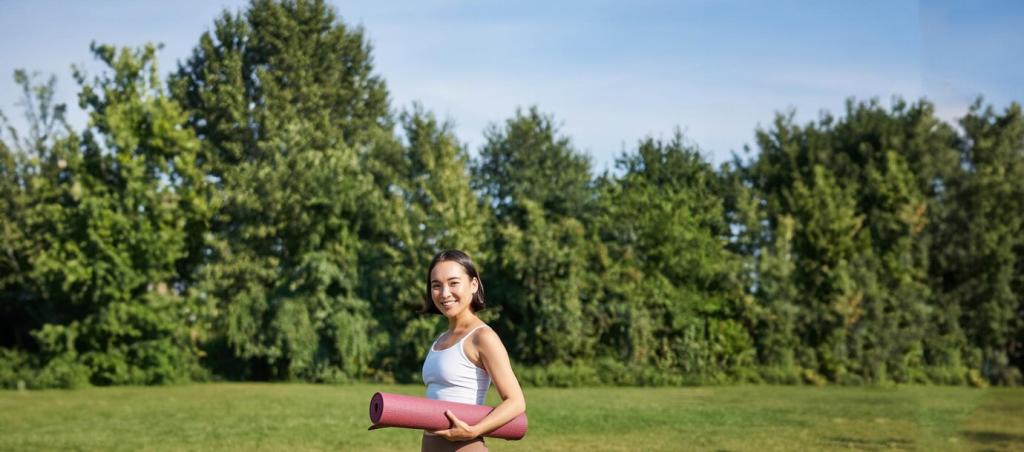
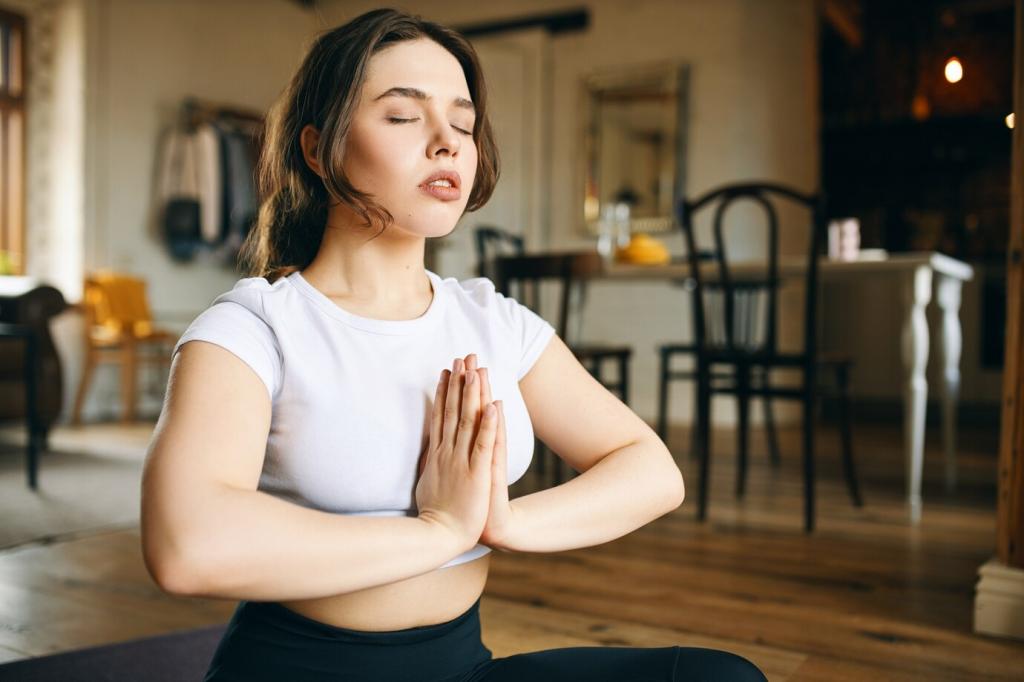
Breath First: Simple Pranayama for Newcomers
01
Inhale for four, hold for four, exhale for four, hold for four. Repeat five rounds. This steady rhythm gives your mind something gentle to count, taming racing thoughts and teaching your body that you are safe in this moment.
02
Try breathing in for four and out for six or eight. The longer exhale nudges the body’s relaxation response, settling your pulse. Practice while seated, shoulders relaxed, jaw soft, and let each exhale feel like a quiet door closing on stress.
03
Last winter, I used extended exhales at a crowded bus stop, watching steam rise from a cup of tea as my shoulders dropped. Five minutes later, the chaos felt manageable. Share your own breath moment in the comments so others feel encouraged.
Foundational Poses to Soothe the Nervous System
Child’s Pose (Balasana)
Knees wide, big toes together, forehead resting on a cushion or folded towel. Let the back broaden and the belly breathe into your thighs. Stay for one to three minutes and imagine your mat absorbing the day’s static and worry.
Standing Forward Fold (Uttanasana)
Bend your knees generously and drape the torso over your thighs. Hold opposite elbows, sway gently, and soften your jaw. Each exhale invites your spine to lengthen and your thoughts to tumble downward, like leaves falling from a settled branch.
Legs Up the Wall (Viparita Karani)
Scoot your hips close to a wall and stretch your legs upward. Support your head and low back with blankets if needed. This simple inversion encourages circulation and deep rest, often turning a stressful evening into a softer, sleepier night.
Design Your Calm Space at Home
Choose warm, low light, a quiet playlist without lyrics, and a familiar scent like lavender or cedar. These cues teach your brain that this corner means calm, helping you settle faster whenever stress tries to follow you home.

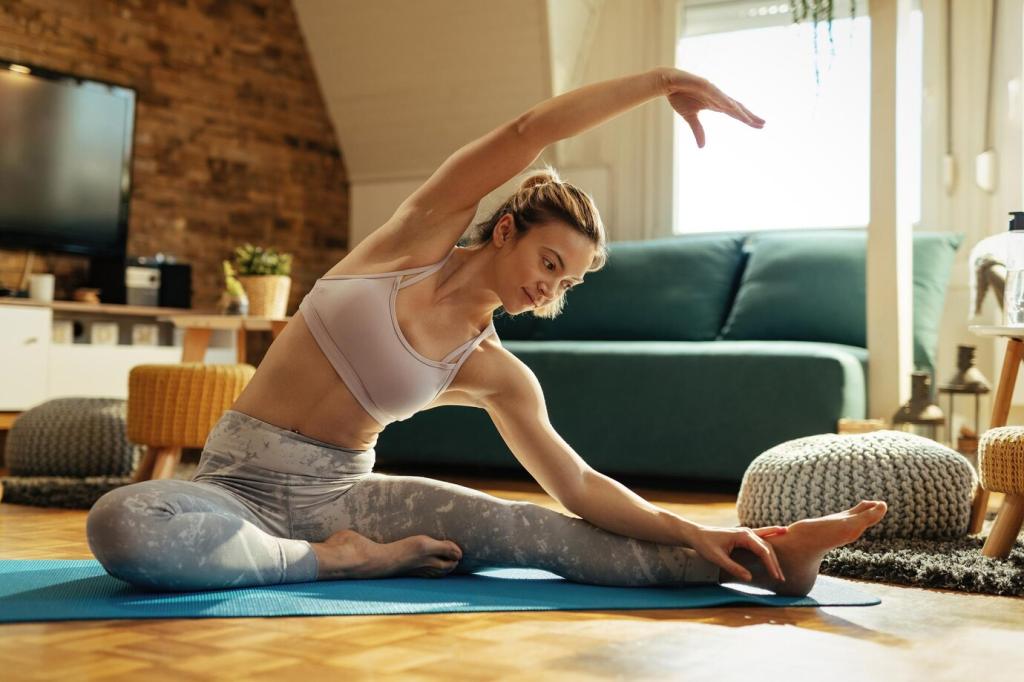
Design Your Calm Space at Home
A sturdy mat, a blanket, and two firm cushions can replace expensive props. Books become blocks, a scarf becomes a strap. Beginners relieve stress most when setup is easy, comfortable, and ready before the day’s excuses arrive.
A 10-Minute Beginner Sequence for Stress Relief
01
Minute-by-Minute Flow
Minutes 1–2: Seated breathing with extended exhales. Minutes 3–4: Cat–Cow, slow and steady. Minutes 5–6: Child’s Pose. Minutes 7–8: Standing Forward Fold. Minutes 9–10: Legs Up the Wall, hands on belly, notice softer edges.
02
Modifications for Tight Bodies
Use a chair for support during forward folds, place blankets under knees, or rest your head on a cushion. The goal is relief, not perfection. Let props turn strain into softness so beginners can actually relax and stay consistent.
03
Join the Consistency Challenge
Practice this sequence daily for seven days and track your stress rating. Comment your starting number and your day-seven number below. Subscribe for reminders, gentle encouragement, and a printable checklist to anchor your new calm habit.
Science Corner: How Yoga Calms the Mind
Gentle sequences and slower breathing can help regulate stress hormones over time. When the breath steadies, the body receives repeated reassurance, building resilience so everyday hassles feel less overwhelming and recovery arrives sooner.
Science Corner: How Yoga Calms the Mind
Lengthening your exhale encourages a rest-and-digest response that slows heart rate and quiets mental chatter. Beginners can feel this shift quickly, which builds confidence and makes returning to the mat an easy, rewarding decision.
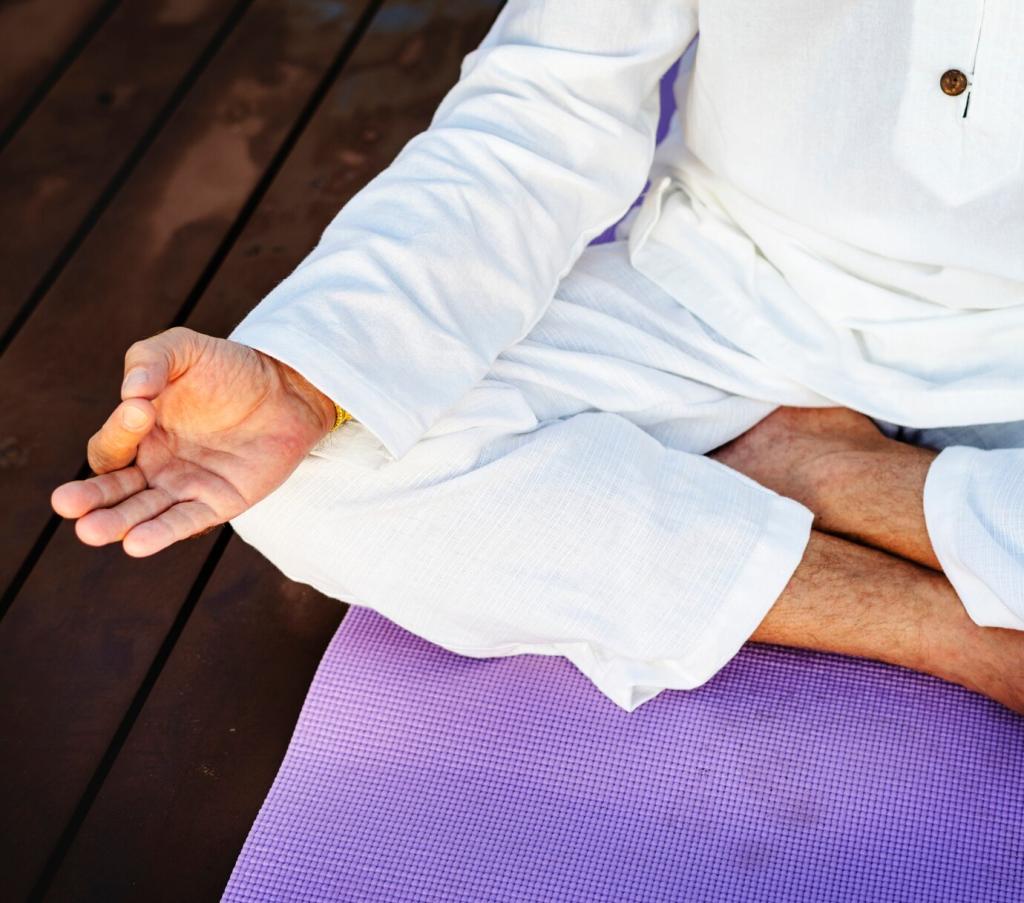
Community Stories and Gentle Motivation
Maya started with three minutes of breathing beside a sink full of dishes. On day four, she caught herself exhaling slowly before a tough call. Her victory? Responding with kindness to herself, not just to others.
